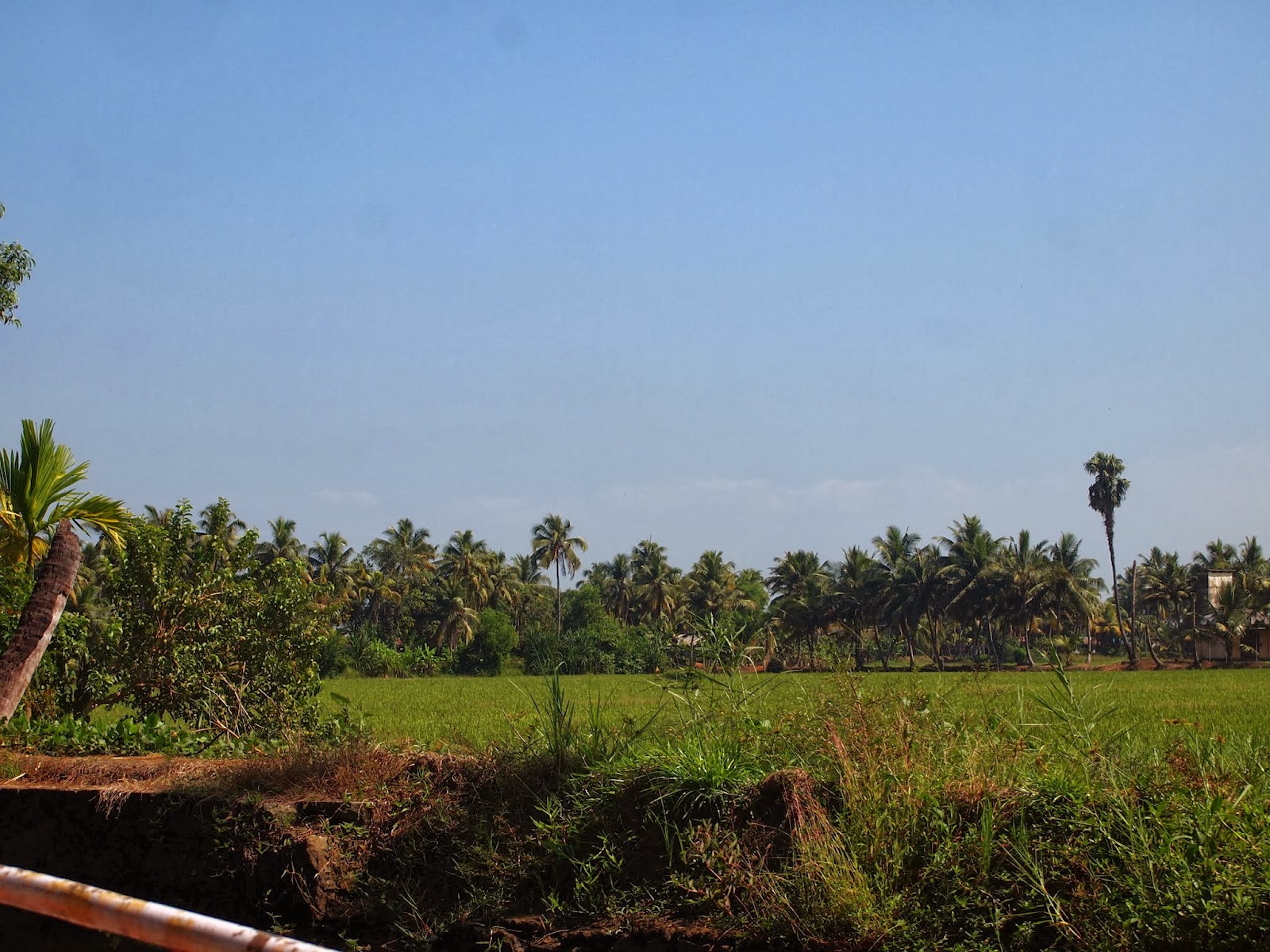 |
| A Goa restaurant (just like Portugal?) |
Another day dedicated almost entirely to travel as we flew from Kochi to Goa, via Bangalore. We had to leave our hotel at the ungodly hour of 4.30am to get to the airport for our first flight, which left at 7.30am. After the farce of our Mumbai connection earlier in the trip, when given the choice of a 50 minute connection or a 5 hour wait for our connection we decided to err on the conservative side and therefore had a lot of time to kill in Bangalore airport. Luckily this was one of the more interesting Indian airports that we had visited and I was able to plug my phone in and happily watch more Game of Thrones. Both of the flights were right on time and we arrived in Goa at about 2.30 in the afternoon. We would be staying in Panjim, the main city in the state of Goa – while we could have stayed at one of the beaches, I planned to make the most of the city’s central location to explore a bit more of the region. After recovering from the journey a little we grabbed some dinner (Goa has a famous fusion of Indian and Portuguese sea food), then had an early night.





















































